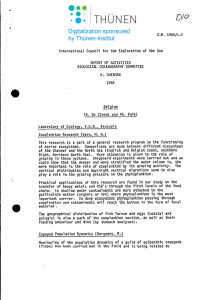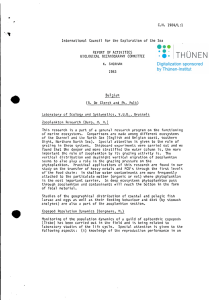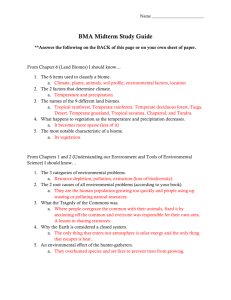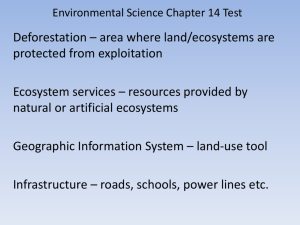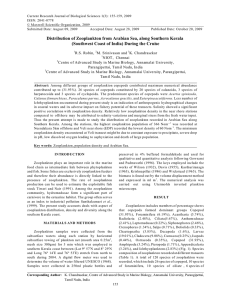International Council for the C.M. Exploration of the Sea Report of Activities
advertisement
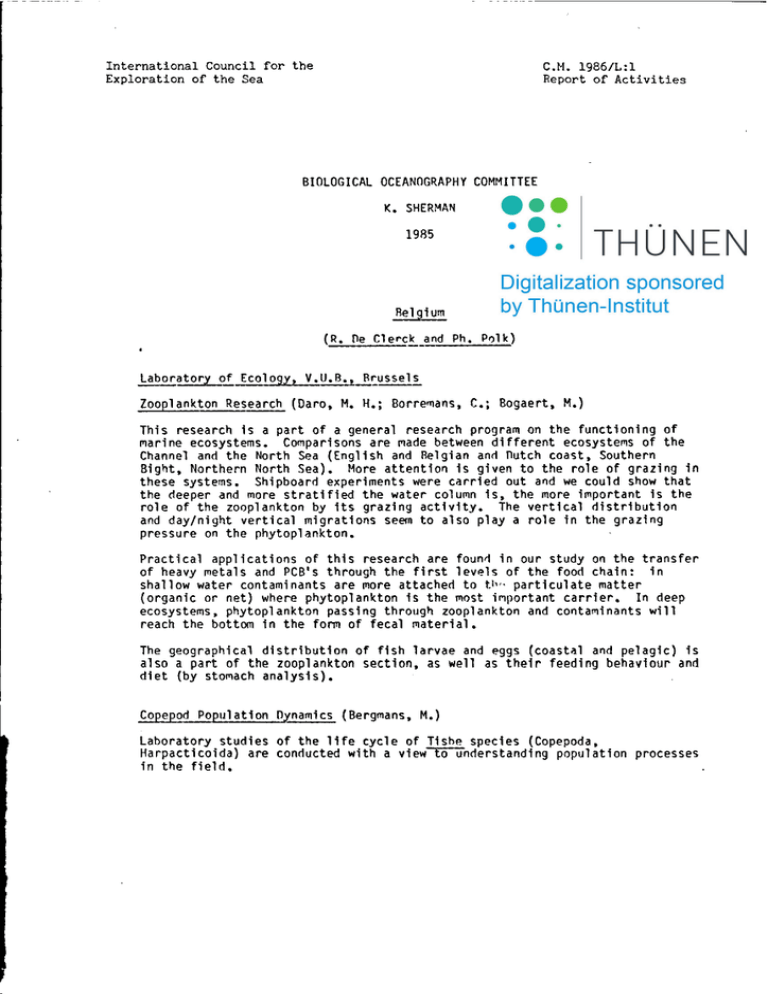
International Council for the Exploration of the Sea C.M. 1986/L:l Report of Activities BIOlOGICAl OCEANOGRAPHY COMMITTEE K. SHERMMl 1985 Relgium (R. Oe Clerck and Ph. Polk) laboratory of Ecology, V.U.ß., Brussels Zooplankton Research (Daro, M. H.; Borre~ans, C.; Bogaert, M.) This research is apart of a general research program on the functioning of Marine ecosystems. Comparisons are Made between different ecosystems of the Channel and the North Sea (English and Relgian and Outch coast, Southern Bight, Northern North Seal. More attention is given to the role of grazing in these systems. Shipboard experiments were carried out and we could show that the deeper and more stratified the water column is, the more important is the role of the zooplankton by its grazing activity. The vertical distribution and day/night vertical migrations seem to also playa role in the grazing pressure on the phytoplankton. Practical applications of this research are found in our study on the transfer of heavy metals and PCB's through the first levels of the food chain: in shallow water contaminants are More attached to t.h" particulate matter (organic or net) where phytoplankton is the most important carrier. In deep ecosystems, phytoplankton passing through zooplankton and contaminants will reach the bottom in the form of fecal Material. The geographical distribution of fish larvae and eggs (coastal and pelagic) is also apart of the zooplankton section, as well as their feeding behaviour and diet (by stomach analysis). Copepod Population Dynamics (Bergmans, M.) laboratory studies of the life cycle of Tishe species (Copepoda, Harpacticoida) are conducted with a view-ro-ünderstanding population processes in the field. -2- Special attention is given to the possibility of fine-tuning of certain demographic traits (such as the primary sex ratio or the age-specific net maternity distribution) as a funetion of demographie conditions. Non-Living Particular Organic Matter (Pissierssens, P.) Little is known ab out the role of Non-Living Particular Organic Matter (detritus) in the food mass of marine copepods. Therefore, our research is eoncentrated on three aspeets: 1. study of the NLPOM distribution in the Relgian Coastal Zone 2. estimation of the eontribution of the NLPOM to the total food mass of marine eopepods. 3. study of the origin and eomposition of the NlPOM. ~cts on the Environment of the Coolin S stems in Power Plants tca'roglca Aspects. Blbllography Work Bossicart, M.; Joiris, C. Primary Production (Joiris, C. and A. Bertels) 1. Ineubdtion under fluetuating light eonditions, in order to obtain a better evaluation of the real i!!. situ net produetion. 2. Determination of phytoplanktonic respiration in order to determine its relative role in total planktonie respiration. Seabirds Ouantitative Distribution, in Connection with Oeeanologieal and Eeologieal Parameters (Jolrls, C.) Marine Eeotoxieologieal (Joiris, C., Delbeke, K.) 1. Estimation and eomparison of transfer nechanisms of organoehlorine residues (mainly PCB's) and mercury in marine ecosystems (partieulate matter, zooplankton, fish, seabirds, and sediments). 2. Comparison of eontamination levels of different ecosystems (Atlantie and eoastal ~rth Sea).
